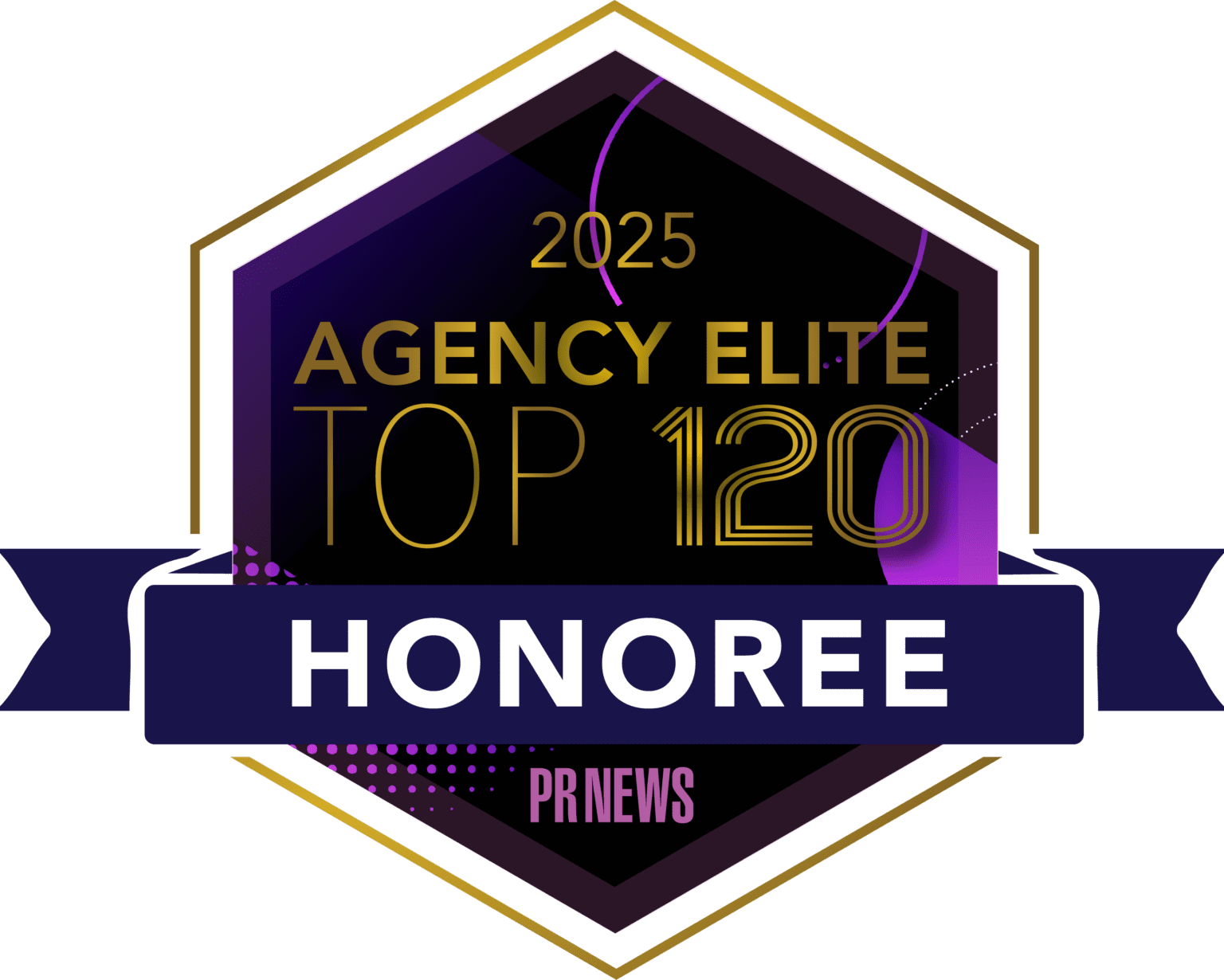As any marketing professional or leading PR firm will tell you, it is no longer difficult or necessary to SELL clients and agencies on why it’s important to develop a content marketing strategy highlighted by targeted blog posts, short videos and whitepapers busting with statistics. The benefits are endless and well-established — drive traffic to your website, solicit contact information for lead generation, establish yourself as a credible source and many more. What you SHOULD be telling your clients, is how to make the most of your content — ensuring delivery, download, engagement and return on investment.
Producing the content is only half the battle — let’s talk about winning the war and making sure your content marketing strategy achieves your desired goals:
1. Define your audience. Does your content have a specific end-user or audience? The answer should always be, yes. If you are creating a whitepaper or blog post with the intent to receive downloads (and contact information) from a niche target audience, make sure your content addresses their pain points. For example, a financial advisor may want to solicit information and web visits from individuals between the ages of 40 and 50 who are getting ready to send their children to college. Rather than title your content, “10 Ways to Save Money,” try “The College Decision: 10 Finance Tips You Need to Know,” or something to that effect. Yes, you may get less downloads and web visits. However, the qualified leads and traffic you do receive will be much more credible and likely yield higher ROI. Content writing is your friend.
2. Promote effectively. Too many times, I see an ad on LinkedIn or Facebook that says something to the effect of “Click here to reduce costs by 20 percent.” OF COURSE I want to reduce costs by 20 percent, who doesn’t? However, I may want to know just what it is we’re talking about! If I’m a marketer, and the cost-savings tip pertains to e-commerce, I’m bored already and will probably not consider you a credible source for content. Also, you were just charged $7.00 for my click. The same goes for e-mail blasts, the first thing most folks do with a nebulous e-mail blast is delete or unsubscribe. Similar to tip number one, try making it abundantly clear what the audience will receive if they pursue the content. If one were targeting a small business owner, then something like this may resonate — “automate your invoicing for only $9.99 a month” — as with this example, there is no gray area.
3. Ensure your landing page is efficient. How many times have you clicked an advertisement or link within an e-mail, only to find yourself directed to seven different sites, and required to fill out more information than during a doctor’s visit? It happens all the time. Landing pages suffer from poor graphics, text that doesn’t match the content you’re pursuing, slow webpage load times, broken links and other content marketing atrocities. It’s important to test your conversion process from start to finish, from the first click to the actual download/visit itself, to make sure there are no issues potentially damaging your credibility as a content source. Also, consider that most people don’t want to provide too much information, so when soliciting info, stick to the basics: name, company affiliate (if B2B), location and have phone number and reason for visiting marked as optional.
4. Make sure your sales team is locked in. You are almost there! You created informative content, promoted it efficiently, and solicited plenty of sales leads. Now what? Don’t let the conversion process stop there! Before structuring any content marketing campaign, ensure that you have a plan for what to do with those leads. The next step should require a phone call, introductory e-mail, physical mail or meeting or any other “touch point.” In most cases, it is highly recommended to reply within 24 hours, at the latest, to ensure the lead doesn’t go cold, and you receive the credit for your effective content marketing strategy!



